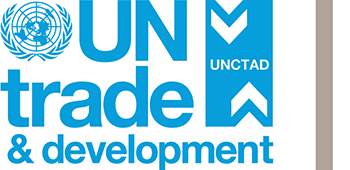This background paper analyzes the interplay of environmental vulnerabilities, natural disasters and high levels of public debt for the mobilization of resources towards climate change adaptation and mitigation efforts in the Caribbean region. Countries in the region represent an interesting case study given their characteristics. First, countries in the Caribbean share a series of structural features which renders them vulnerable to external shocks beyond their control. These include, high degrees of economic specialization, natural resource-based economies, limited economic resources, and high transportation costs2 . Second, while natural disasters associated with climate change are expected to have impact across countries of all income levels, tropical storms have a disproportionally large impact over countries in the Caribbean. The destruction wrought by the recent wave of hurricanes highlights the high degree of environmental vulnerability faced by countries in the region and the importance of developing an effective policy framework to tackle 2 ECLAC. (2011). Study on the vulnerability and resilience of Caribbean Small Island Developing States (SIDS). Retrieved from https://www.cepal.org/publicaciones/xml/4/45364/LCARL.354.pdf 3 these vulnerabilities. Third, the long term environmental challenges of countries in the Caribbean are compounded by high levels of public debt. Taken together, these factors combine to create a vicious economic cycle. Countries in the region recurrently use public debt to absorb the impact of external shocks and natural disasters. In turn, higher levels of public debt constrain their capacity to effectively address their vulnerabilities. As a result, each new wave of shocks and disasters simultaneously amplifies these vulnerabilities while weakening domestic response capacity. Thus, an effective framework for climate change adaptation and mitigation in the Caribbean must consider measures to address debt vulnerabilities of countries in the region and provide them with the policy space required for a sustainable development policy.
